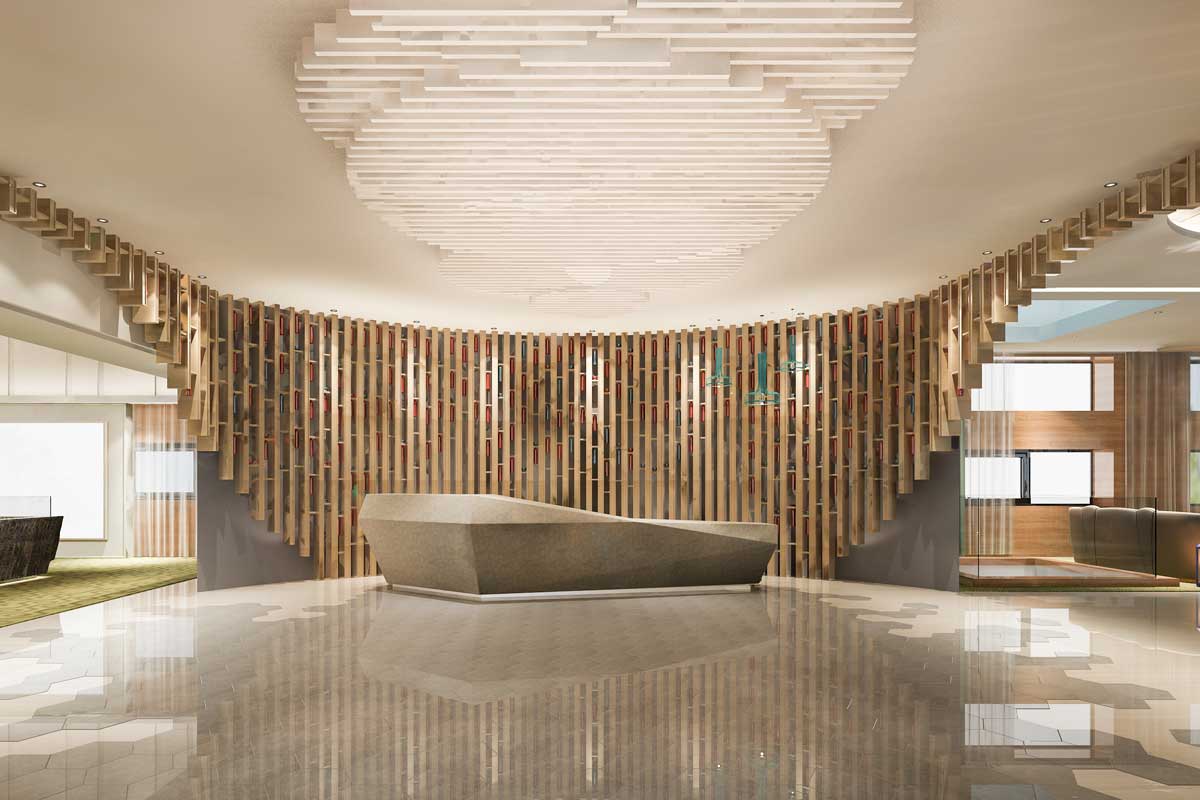In the competitive world of hospitality, the design of a space can significantly influence a guest’s first impression and overall experience. Effective interior design blends aesthetic appeal with functionality, creating environments that are not only beautiful but also meet the practical needs of guests. This blog post explores key aspects of hospitality interior design and highlights how thoughtful consideration of space, materials, and decor can transform a venue from merely functional to truly extraordinary.
The Essentials of Hospitality Interior Design
1. Guest-Centric Approach: The heart of hospitality design lies in its ability to cater specifically to the needs and comforts of guests. From the ergonomics of furniture to the layout of rooms, every element should enhance the guest experience, promoting both comfort and convenience.
2. Brand Expression: Interior design is a powerful tool for expressing a brand’s identity. Through colors, textures, and architectural elements, spaces can reflect the ethos and narrative of the brand, creating a strong, memorable connection with guests.
3. Balancing Aesthetics and Functionality: While a visually stunning space can captivate guests, practicality is equally important. Effective design solutions should address flow, privacy, acoustics, and lighting, ensuring that the space is as operational as it is attractive.
4. Embracing Local Culture and Environment: Integrating local art, craftsmanship, and materials can significantly enhance the authenticity of a hospitality space. This not only supports local industries but also gives guests a unique, culturally enriched experience.
Trends and Innovations in Materials and Design
Tile and Porcelain: Durable, versatile, and stylish, tile and porcelain are increasingly popular in hospitality settings. These materials are ideal for high-traffic areas due to their durability and ease of maintenance. Advances in digital printing technology have also broadened the range of designs available, allowing for intricate patterns and vibrant colors that mimic natural textures like wood and stone.
Sustainable Practices: Sustainability is becoming a priority in hospitality design. Eco-friendly materials and energy-efficient designs not only minimize environmental impact but also appeal to eco-conscious guests. From bamboo flooring to LED lighting and low-flow plumbing fixtures, sustainable practices are shaping the future of interior design in hospitality.
Technological Integration: Modern hospitality design incorporates technology seamlessly into the environment to enhance guest convenience and streamline operations. This includes everything from smart room controls for lighting and temperature to digital check-ins and personalized room settings.
Designing for the Future
The future of hospitality interior design continues to evolve with shifts in consumer preferences and technological advancements. Innovative materials like smart glass, which can change from transparent to opaque on demand, and advanced textiles with antibacterial properties are setting new standards for both style and functionality.
The integration of biophilic design, which incorporates elements of nature into indoor spaces, is also gaining traction. This approach not only boosts aesthetics but has been shown to enhance guest satisfaction by creating more restful and natural environments.
As the hospitality industry continues to grow and adapt, the role of interior design in shaping guest experiences becomes increasingly crucial. By marrying style with substance and embracing innovative materials and technologies, designers can create spaces that not only delight but also deliver unparalleled comfort and functionality. For any hospitality business looking to make its mark, investing in quality interior design is not just an option; it’s a necessity.




